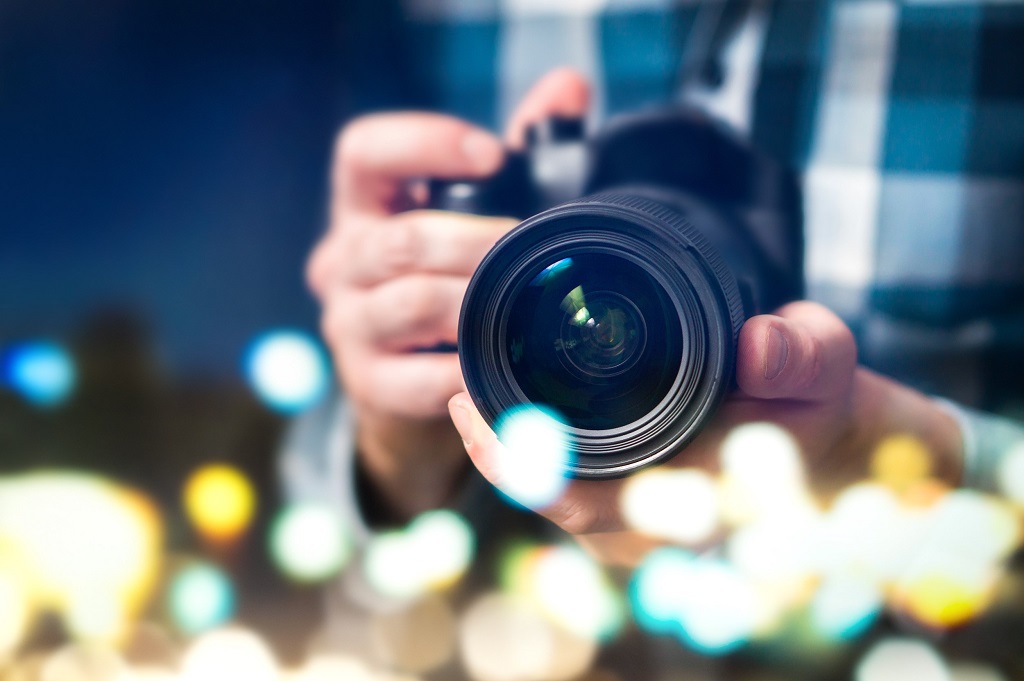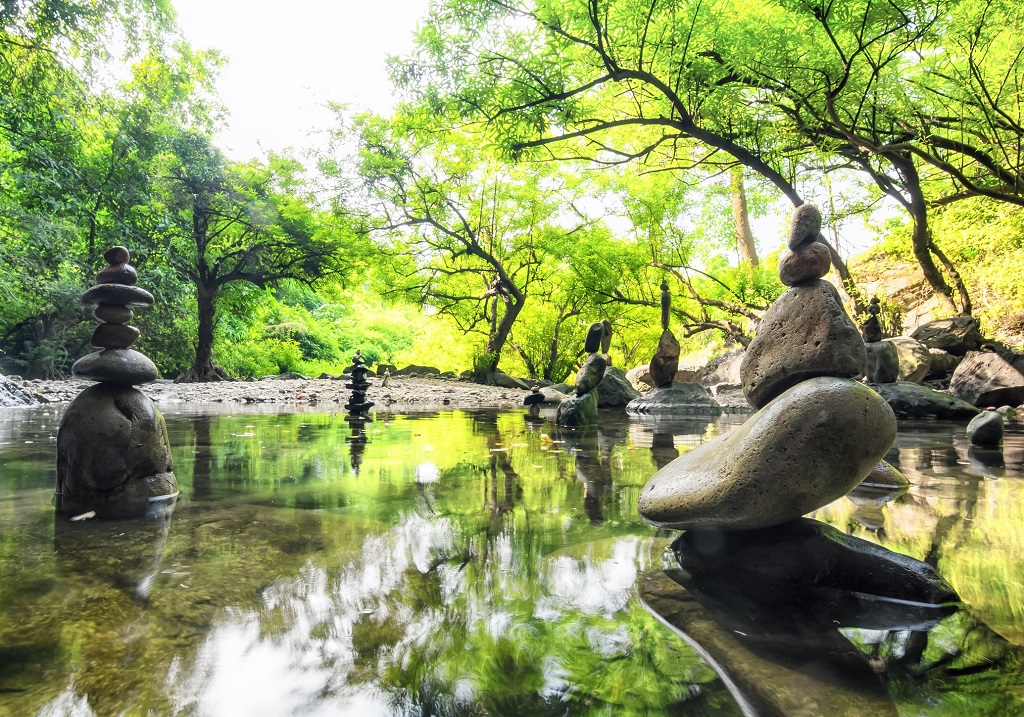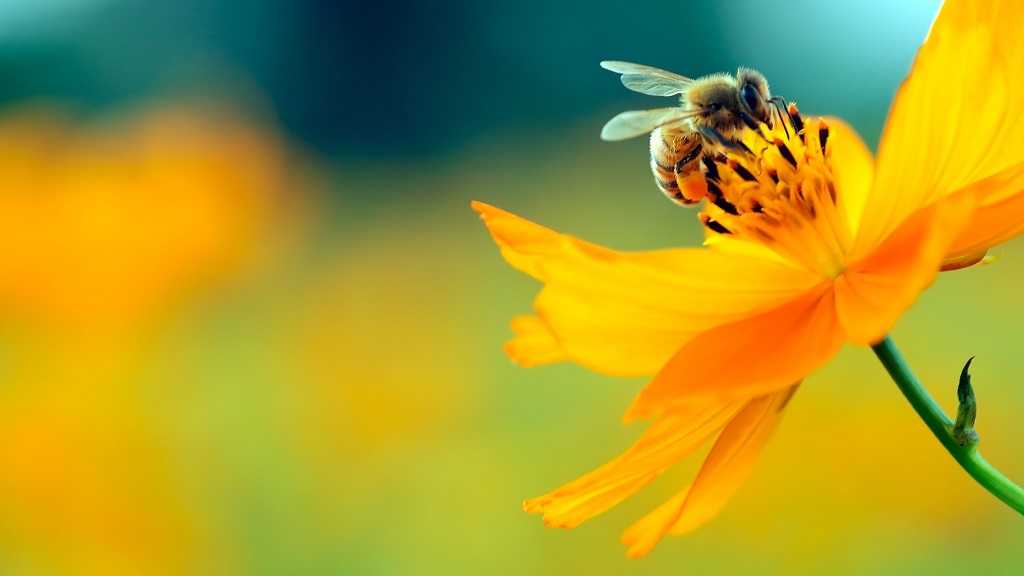
12 Jul What is Depth of Field?
In the vast realm of photography, a mysterious element exists that has the power to transform an image into a captivating masterpiece. It draws our attention to a specific subject, creates a sense of depth, and evokes emotions within us.
This magical element is none other than the “depth of the field.”
Depth of field refers to the range of sharpness or focus in a photograph, extending from the nearest point to the farthest point that appears acceptably sharp. It is influenced by factors such as aperture, focal length, distance between the subject and the camera, and the size of the camera’s image sensor.
Understanding and effectively controlling the depth of the field is crucial for photographers, as it allows them to manipulate the visual impact of their images.

Significance of Depth of Field
Depth of field plays a fundamental role in guiding the viewer’s gaze within a photograph. By selectively focusing on a specific subject or object, photographers can isolate it from the background, creating a visually striking composition.
This technique draws attention to the subject, separates it from its surroundings, and enhances its significance. The creative use of depth of field can evoke emotions, highlight details, and convey a story or message with great impact.
Aperture: The Key Player
One of the primary factors influencing depth of field is the aperture, which controls the size of the lens opening.
Wide Aperture for Shallow Depth of Field
A wider aperture (smaller f-number) such as f/1.8 or f/2.8 results in a shallow depth of field, with only a narrow area of the image in focus. This is ideal for portraits or close-ups, where the subject stands out from a blurred background, creating a pleasing bokeh effect.
Small Aperture for Deep Depth of Field
On the other hand, a smaller aperture (larger f-number) like f/11 or f/16 increases the depth of field, ensuring a larger area of the scene remains sharp and in focus. It is commonly used in landscape photography to capture intricate details throughout the frame.
Focal Length: Unveiling Perspectives
Another crucial element affecting the depth of the field is the focal length of the lens.
Wide-angle Lens for Greater Depth of Field
A shorter focal length (wide-angle lens) tends to provide a greater depth of field, making it suitable for landscapes or architectural shots where capturing a vast scene in focus is desired.
Telephoto Lens for Shallow Depth of Field
Conversely, a longer focal length (telephoto lens) creates a shallower depth of field, ideal for isolating subjects and compressing the background. It is frequently used in portrait photography to blur distracting elements and bring attention to the person or subject being captured.
Distance: Bridging the Gap
The distance between the subject and the camera also plays a significant role in determining depth of field.
Closer Distance for Shallow Depth of Field
When the subject is closer to the camera, the depth of field becomes shallower.
Further Distance for Deeper Depth of Field
Conversely, when the subject is further away, the depth of field becomes deeper. This knowledge allows photographers to strategically position themselves in relation to their subject, achieving the desired focus and visual impact.

Creative Applications of Depth of Field
Beyond the technical aspects, depth of field offers a world of creative possibilities. By playing with different depths of field, photographers can evoke specific moods and atmospheres in their images.
Shallow Depth of Field for Intimacy and Dreaminess
For instance, a shallow depth of field can create an intimate and dreamy ambiance, perfect for capturing romantic moments or close-up details.
Deep Depth of Field for Vastness and Clarity
Conversely, a deep depth of field can convey a sense of vastness and clarity, ideal for landscapes or architectural photography.
Exploring the Depth of Field in Different Genres
Depth of field can be utilized across various genres of photography.
Portraiture: Isolating the Subject
In portrait photography, a shallow depth of field can isolate the subject from the background, drawing attention to the person’s expression and creating a sense of intimacy.
Wildlife Photography: Blurring the Background
Wildlife photographers often use a telephoto lens with a shallow depth of field to isolate animals from their surroundings, capturing them in sharp focus against a blurred backdrop.
Macro Photography: Highlighting Details
In macro photography, a shallow depth of field can highlight intricate details while blurring the rest of the subject, creating stunning, ethereal images.
Technical Considerations and Limitations
As the aperture widens, the amount of light entering the camera increases, which may require adjustments to the shutter speed or ISO to maintain proper exposure. Additionally, very wide apertures may result in a narrower plane of focus, requiring precise focusing techniques to ensure critical areas are sharp.
In Conclusion
Depth of the field is a powerful and versatile tool in the photographer’s arsenal. It allows artists to manipulate focus, isolate subjects, and create visually captivating compositions. By understanding the interplay between aperture, focal length, and camera-to-subject distance, photographers can unlock the full creative potential of depth of field.
Stock photos provided by Dreamstime.com


No Comments